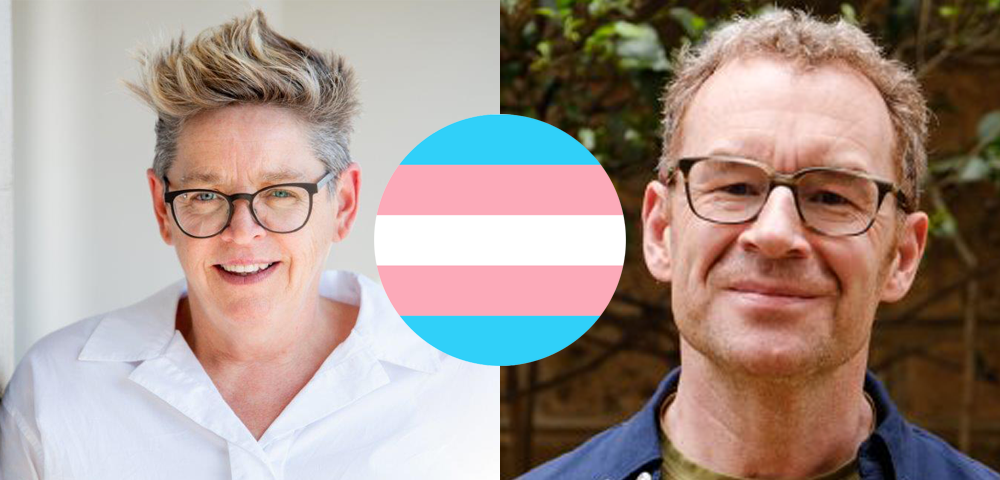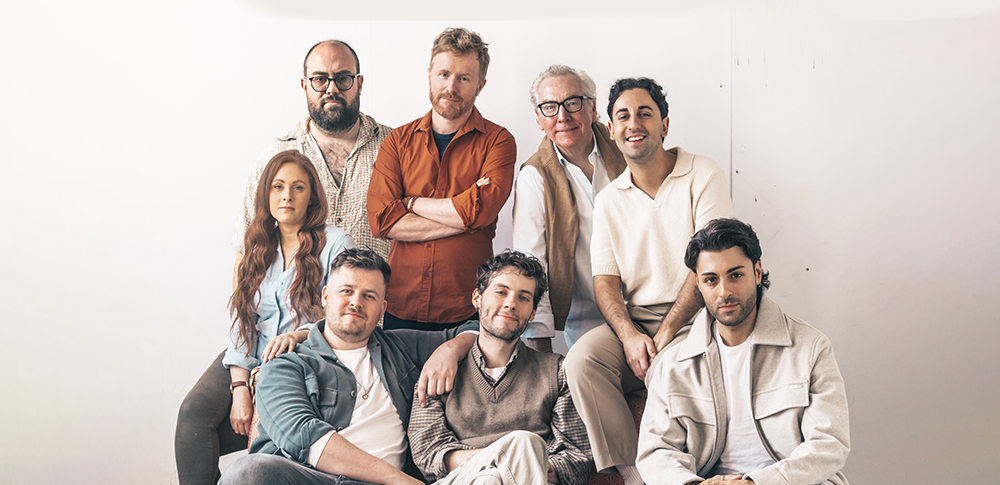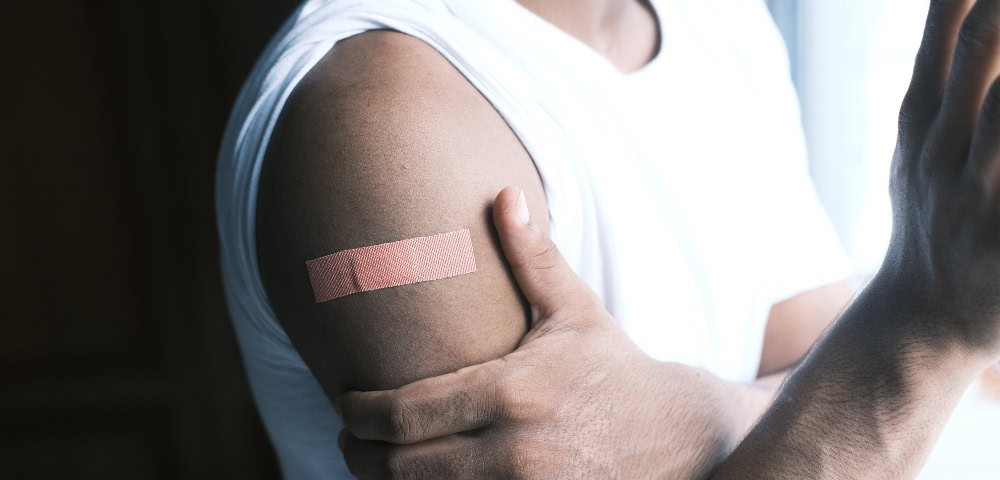
‘He-Man to androgynous’: the gay and bi men redefining what it means to be masc
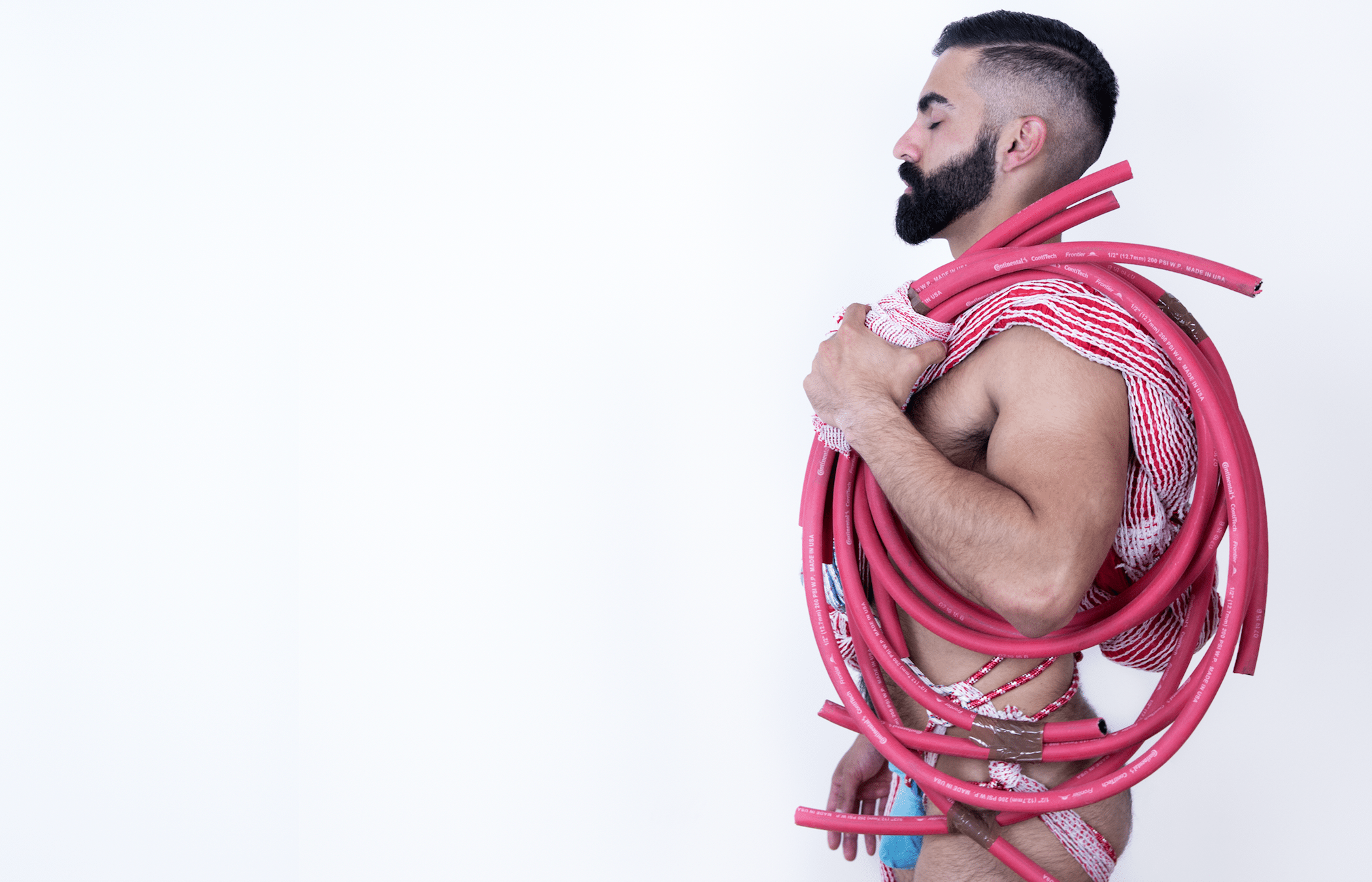
Gay and bisexual men are often pressured to fit a toxic masculine ‘ideal’, but a new generation of guys are helping to redefine what it means to be masc. Matthew Wade reports.
***
A culture of toxic masculinity runs rife through pockets of the gay and bisexual community.
Images of handsome, muscular men are held up as a gay beauty ideal in both the media and porn, while phrases like ‘straight acting’ and ‘masc for masc’ are perpetuated online, pressuring men to conceal any effeminacy to avoid the risk of losing their capital in the meat market.
Melbourne-based artist Damien Hinds says scrolling through gay hook-up apps can be a self-defeating exercise if you aren’t built, hairy, or masculine.
“I was scrolling through Scruff the other day and all of the people that had been ‘woofed’ at in the past hour were muscled, hairy, Mediterranean guys,” he says.
“When people write things online like ‘masc for masc’ it can feel like they’re putting femme gay or bisexual guys down.
“And it can make younger, more vulnerable men feel that they need to change themselves by building muscle or acting more butch.”
Growing up in a rural town meant that Hinds was all too familiar with these pressures, unable to come out during high school and forced to adopt masculine traits to avoid ridicule.
“If you had a femme personality you had to actually act a bit more butch so you wouldn’t get abused,” he says.
“I was picked on in school – I didn’t play sport, and I always picked drama and art over subjects like woodwork.”
While femme-shaming and the pressure to act more masculine can have damaging effects on younger gay and bisexual men, they can also project unrealistic body image standards onto older men.
“I used to really struggle, I wasn’t diagnosed with depression but I was on that side for sure, trying to accept myself for who I was,” Hinds says.
“And as I’m getting older it’s harder to achieve that [‘ideal’] body if you haven’t already got it.”
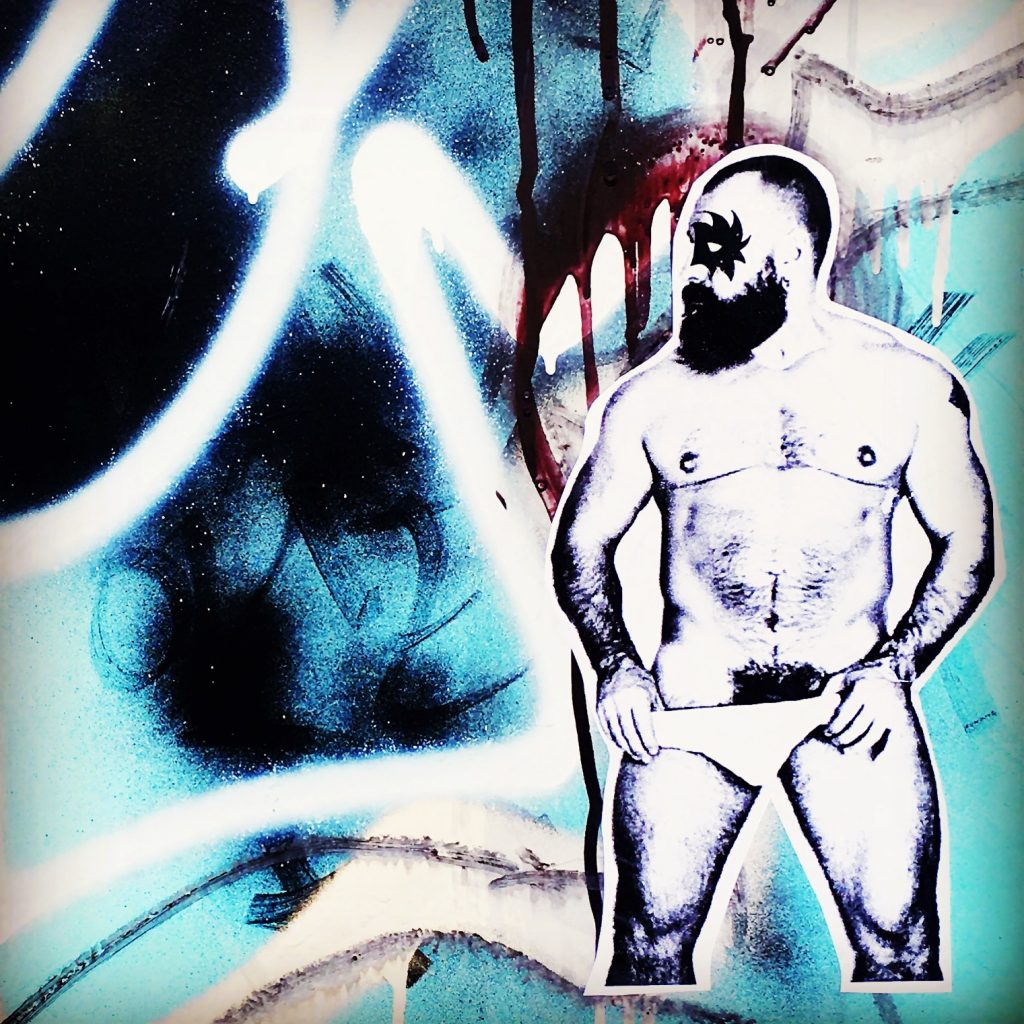
Despite this, there are increasing numbers of gay and bisexual men that are helping to advocate for greater acceptance of femme guys, both within and outside of the LGBTI community.
Hinds believes that the new generation coming through is far more accepting, and taking important steps towards breaking the binary suggesting all men should be masculine and all women should be feminine.
“There are plenty of men that don’t give a shit and really take on that queer male persona, and that’s what I think is great about our community,” he says.
“I help out with trough parties and there are guys there with beards wearing stockings, high heels, and make-up, just expressing themselves how they want and not going along with social norms.
“A friend of mine that’s very muscular usually goes out wearing a crop top and pink shorts.
“I think it’s important for your mental health to just be who you want to be without any pressures, whether that’s butch or femme.”
Hinds is the curator and one of the featured artists in the Company of Men exhibition, an upcoming Midsumma Festival event exploring all things masc in the queer community.
“I encourage all the artists to express themselves however they’d like – if their work is all about muscle men that’s okay, but if they want to do drag queens that’s fine too,” he says.
One of those artists – the Los Angeles based Homo Riot – grew up in America’s conservative South, where men were heralded for their machismo and derided for anything less.
He presented himself as masculine where he could, but wasn’t always immune from schoolyard bullies. In an effort to combat them, he attempted to camouflage his queerness by becoming a ‘bad boy’.
“I smoked and drank and dealt drugs, swearing like a sailor in an effort to obscure my vulnerability,” he says.
“I was also sexually active at a very young age – I found power and self-confidence through sex.
“I think if I’d been a straight kid I wouldn’t have engaged in all of the bad behaviour and in that respect, being gay led me down a pretty dark path.”
Riot believes that when it comes to the men who perform hyper-masculinity as a means to distance themselves from effeminacy, insecurity is often to blame.
“I know some gay men try very hard to be as masculine as possible and maybe for them it’s a sign of their own self-loathing,” he says.
“I think there’s more overt masculinity in the LGBTI community than there is in the straight world.
“And I’d never encourage anyone to describe themselves or what they are looking for as ‘straight acting’, it’s derogatory.”
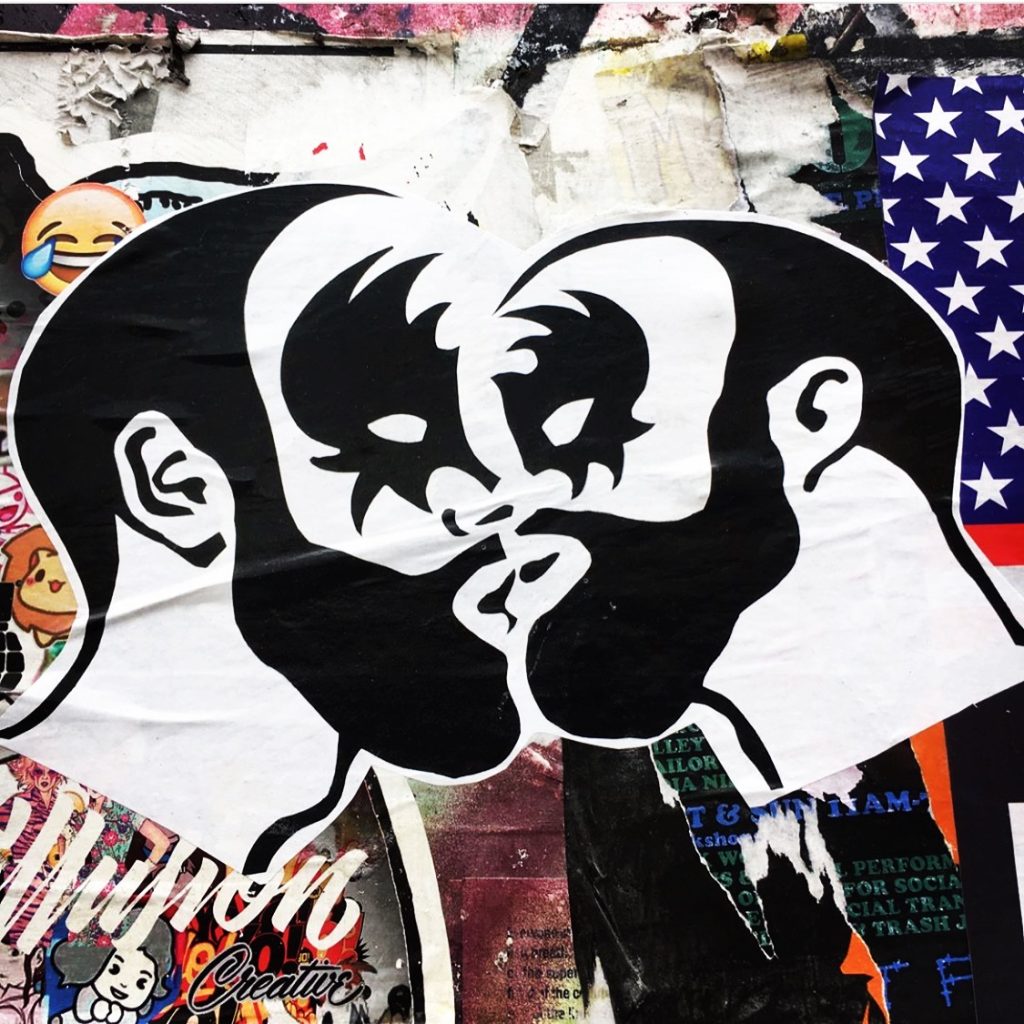
While pressures within the gay and bisexual community to emulate ‘straight’ men persist, there has been a rise in the number of men rejecting these pressures and advocating for freedom of expression.
Similar to Hinds, Riot believes we’re currently living in a time that mostly allows gay and bisexual men to reject stereotypes and express themselves however they wish, fostering a community that is inclusive of femme guys, butch guys, and everything in between.
“I think the modern gay man is not so concerned with his masculine quotient as he is with just being the man he wants to be,” he says.
“And that may be anywhere on the spectrum from He-Man to completely androgynous.
“I spend 90 per cent of my time with other LGBTI people and they cover the gamut of roles, race, size, and age. Some of them are campy and queen-y, but they are also fierce and proud, and as tough in their way as any ‘straight’ man.”
“I think this is a time when members of our community can be anything they want and are as at ease with masculinity, muscles, and scruff, as they are with painting their nails and wearing a skirt.”
Through his work, Riot uses images of strong, fearless, and decidedly gay men, in an effort to help younger gay and lesbian people feel both confident and part of the community.
“My work is full of sexually charged alpha men,” he says.
“When I first began creating this work, I wanted to offend and intimidate the straight voters that blocked equal marriage in California.
“It was a reaction to the rage I was feeling and I wanted big, strong, brutish-looking dudes to convey that message.
“Now, instead of hoping to offend, I want my work to bring people together. Homos unite!”
Another local artist, Luke George, believes that masculinity can certainly be toxic when it’s projected around dominance and entitlement. Growing up in a male-centric household with straight brothers, he was used to bottling up his emotions and retreating into himself, while his brothers’ emotions often erupted in anger.
It was the nineties in Tasmania before homosexuality had been decriminalised, and George had to keep any trace of camp sensibilities a secret.
“Because our desire for masculinity as gay and bisexual men is so strong, we often start to perform it ourselves without even realising it,” he says.
“Sometimes I don’t even notice that I’m doing it. I start losing touch with myself and I know it comes from a place of insecurity.
“There’s always been a pressure to conform for gay and bisexual men, and it’s still a process I’m working through now, even though I’m comfortable in my own skin.”
It was when he moved to Brooklyn, New York that George started to see things differently when it came to the performance of gender among men.
“I think that really cracked something open, developing friendships in Brooklyn’s queer community,” he says.
“Those queens really shook it out of me.”
Through his work, he explores different types of masculinity that strongly veer away from toxic.
“I look at masculinity that values things like beauty, intimacy, softness, and empathy,” he says.
“When I see gay and bisexual men behaving this way in the world I think there’s real potential for us to grow be more vulnerable, without those hard exteriors.
“Anyone should be free to express themselves and explore their identity however they want.”
“Masculinity can be a beautiful thing, but if you want to explore your masc side do it in a way that’s mindful and not damaging to other members of our community.”
The Company of Men exhibition is free and will run at Midsumma Festival from January 17 – 28 at Tacit Galleries. For more information visit: midsumma.org.au/program.




